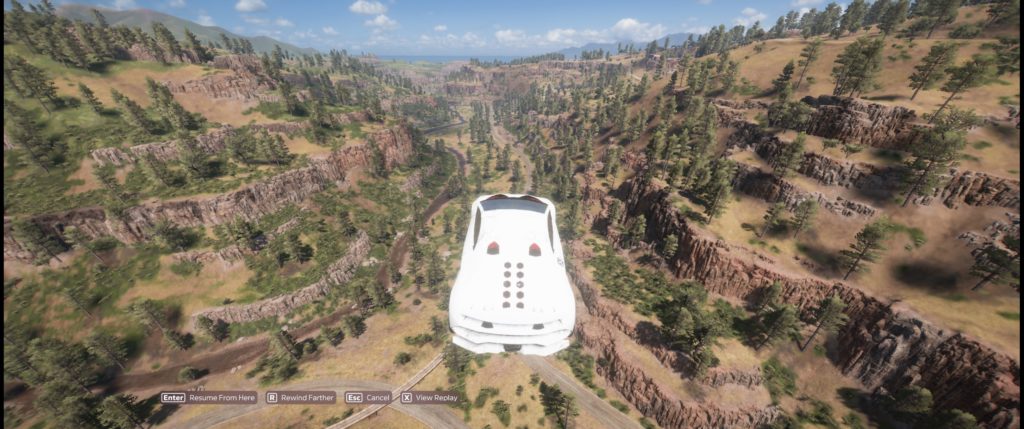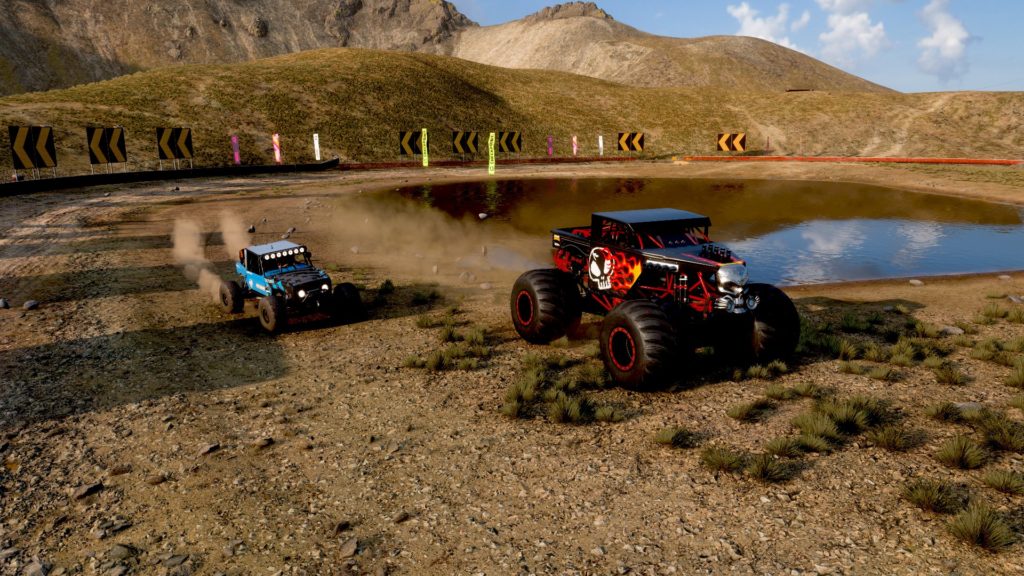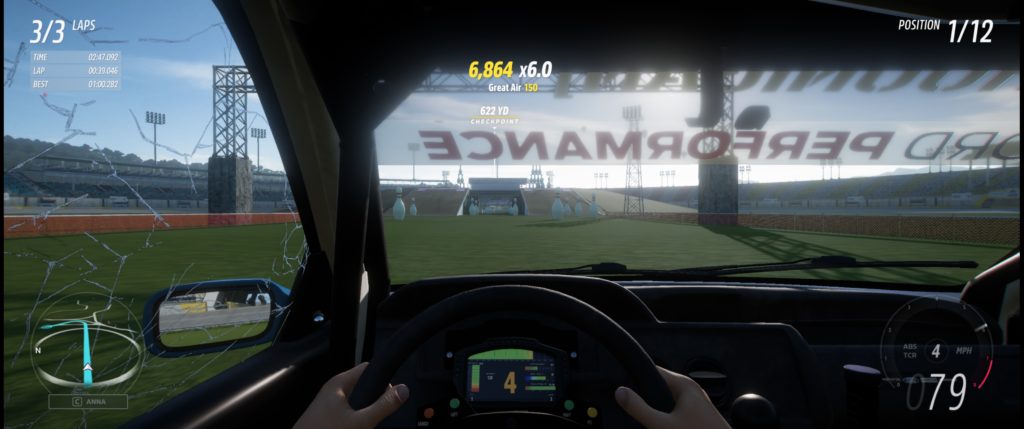- Genre: Puzzle
- Platform: PS5
- Also Available On: PC (EGS/Steam), Apple Arcade (iOS, macOS, tvOS), Switch, PS4, Xbox One, Xbox Series S
This game broke my brain in the best ways. Any time you can look at an art style for a game and immediately know what you’re getting into, that’s a good thing. When you look at this one and recognize the Escher-esque style, you know you’re in for trouble. Good trouble.
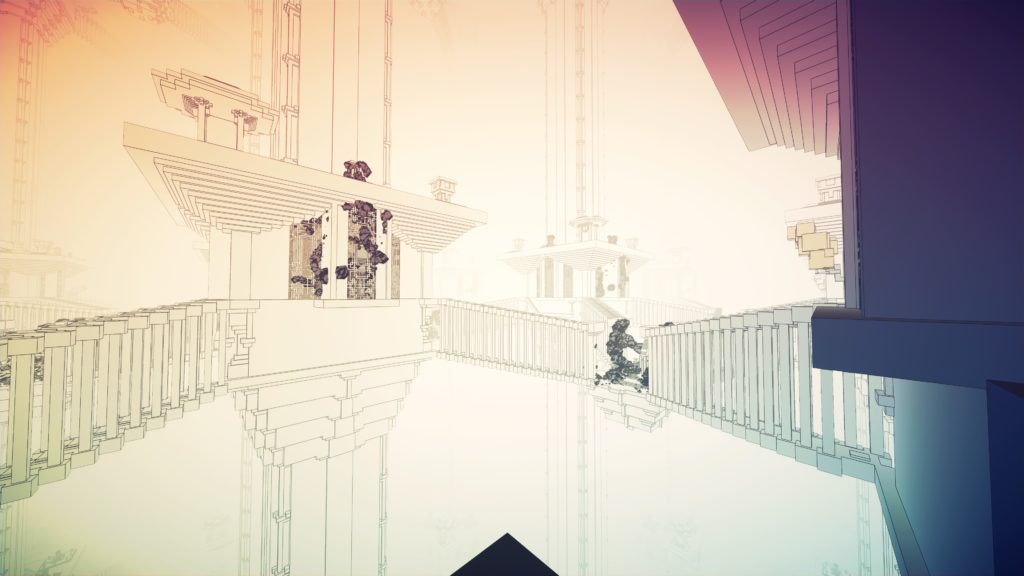
This game does so much with so little, and it’s an amazing thing to behold. You can run, you can change what direction down is, and you can manipulate a small set of blocks. That’s it. That level of simplicity means that the game spends its entire time manipulating your brain, and not your hands. Every single puzzle is a set of maybe three or four steps, but figuring out what those steps are is always the trick.
In some places, it may be that you need to manipulate blocks of different colors to hold each other up and activate buttons. In some places, it’s using the blocks to redirect streams that you can then freeze and use as walkways. In some places it’s simply trying to figure out which up is the up that you want, and trying to rotate around to get there. However, none of this would work without the game’s use of portals to support the visual and gameplay style, and it’s by far the game’s most impressive – and most hidden – feature.
This is bad for late night brain. pic.twitter.com/r7mJajjUOw
— Dan Weiss (@schenksmill) December 11, 2021
Everyone knows what a portal is in the hit Valve game sense. You have a spot on the wall that you can walk through to teleport to another spot. That tweet there is a very simple version of this, but it shows off the core of the tech. They have a portal in the door to allow the player to teleport from one room to a completely different room seamlessly. They use this for simple tricks like that, but they also use it for some core functionality in very non-obvious ways.
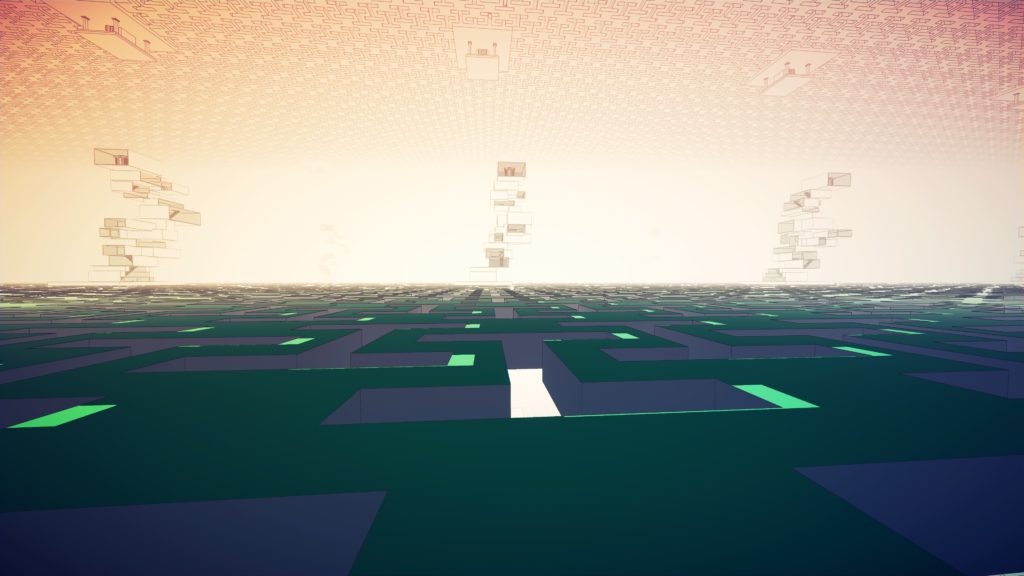
In this screenshot, they’re also using portals. The tower out there in the distance is actually the same tower. The little thing coming out of the ceiling above them is actually the bottom of the tower poking through the floor. In this case, there’s portals allowing the one tower to exist as an infinitely expanding world in multiple directions, but to the user it’s just a crazy never ending landscape to move toward. This version of their portals is used all over to support falling as a gameplay mechanic. Need to bring a colored block from the bottom of a tower to the top? It can only be moved while you’re on its plane of existence, so simply fall down to the top of the tower.
That is really where the game broke my brain. Contextualizing a 3D space not as something finite or fixed, but as something where it can stretch infinitely in arbitrary directions is weird. Down is down, but there’s also 6 planes of “down” that are all valid. Up is also down if you can fall. It gets even crazier when you start doing things like redirecting water flow to create a waterfall so you can get water to some wheel above the source of the water. It’s crazier when you get environmental pieces to fall left so they can get stuck on something to your right. It’s even crazier when they only way to hit a button is to get a block to fall up.
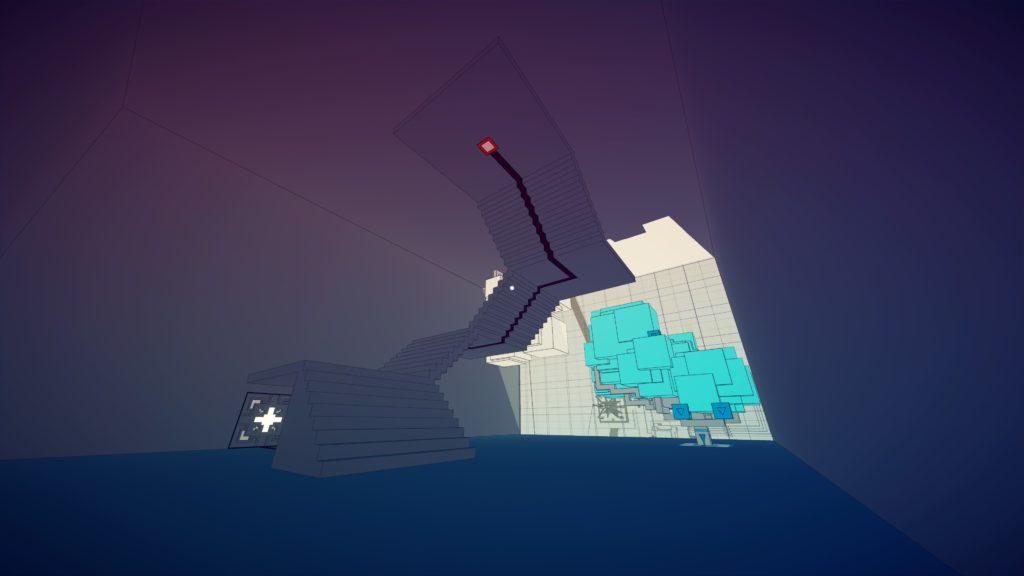
However, for as weird as it is it’s also incredibly natural. You get a piece of the game at a time, so you mold your thinking to a new mechanic in isolation. It’s a very oddly Nintendo approach. At the start, you only have the gravity shift in fixed hallways, so you get used to changing the meaning of “down”. They then introduce a spot where you can fall infinitely, so you get used to the wrapping environment. They then start introducing colored boxes, so you get used to bringing them around to triggers that open doors. Etc, etc, etc. It’s that little bit at a time that turns something that should be a complete mindfuck into something that is both completely manageable and completely natural. It’s incredibly well executed.
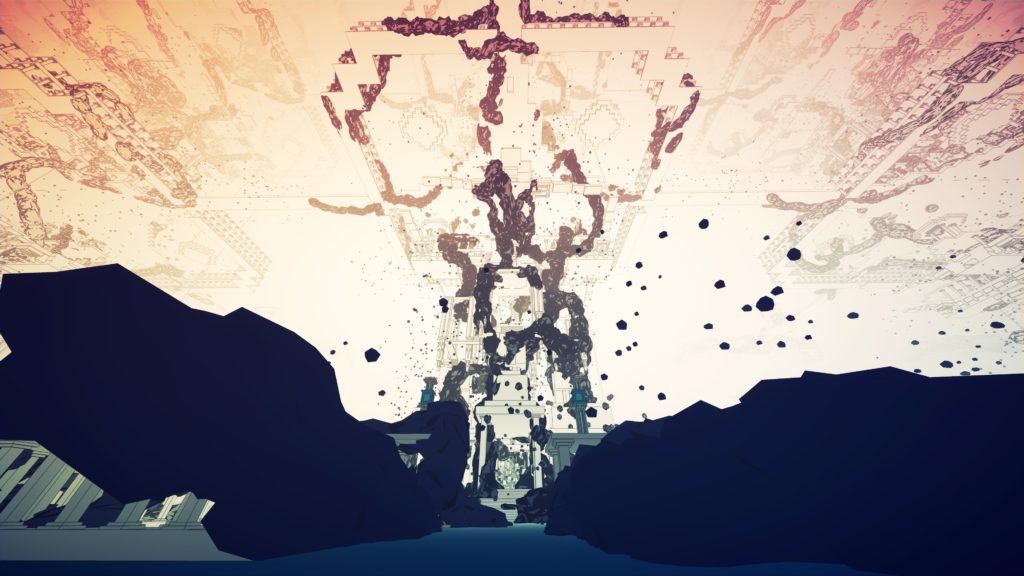
From front to back this was just an incredible experience. It’s extremely tight mechanically and extremely impressive visually. The puzzles are well crafted to take advantage of a limited set of mechanics. It’s long enough to feel good, but short enough to not wear out its welcome. It’s just really fucking good.
Go play it.



